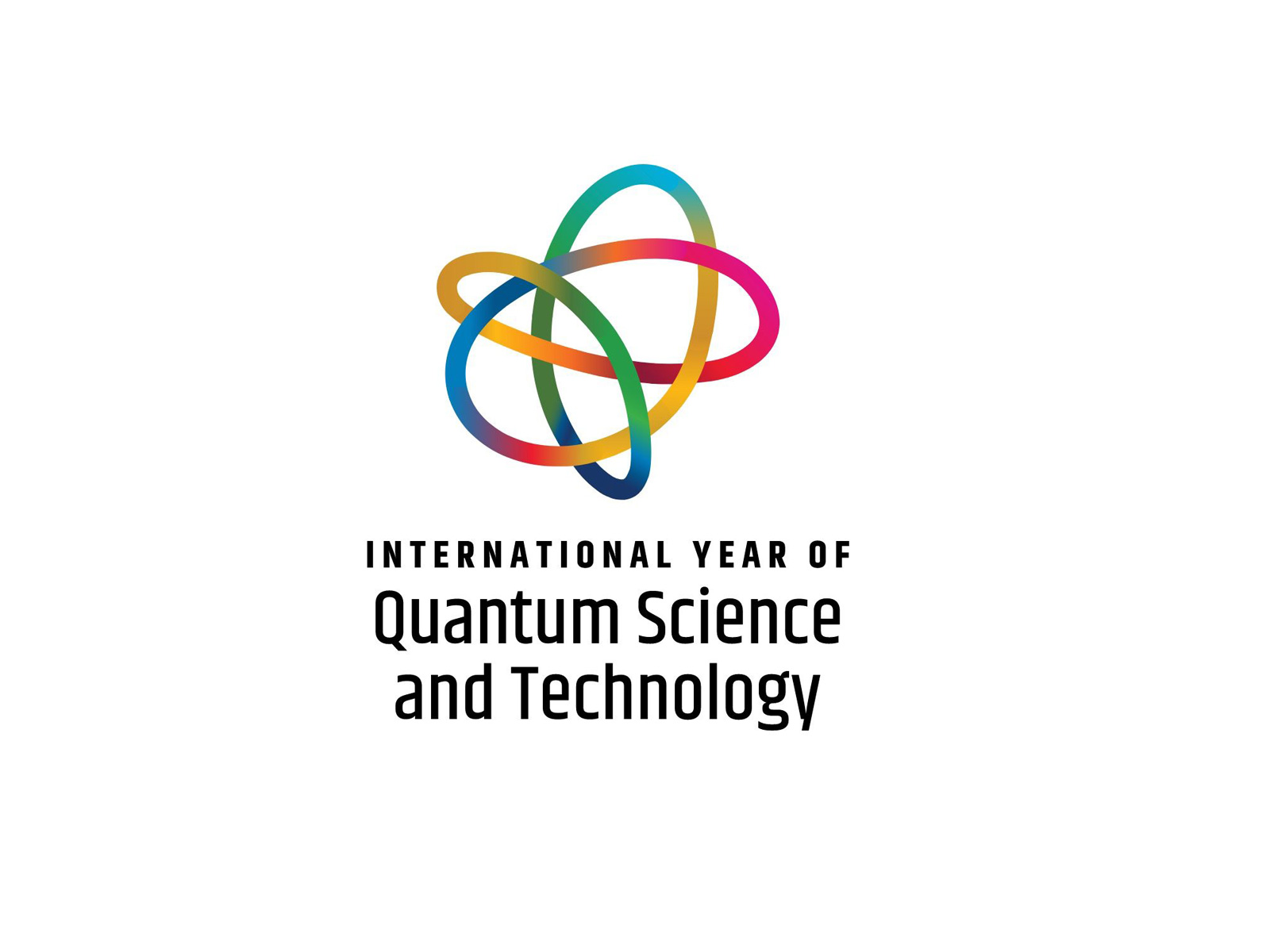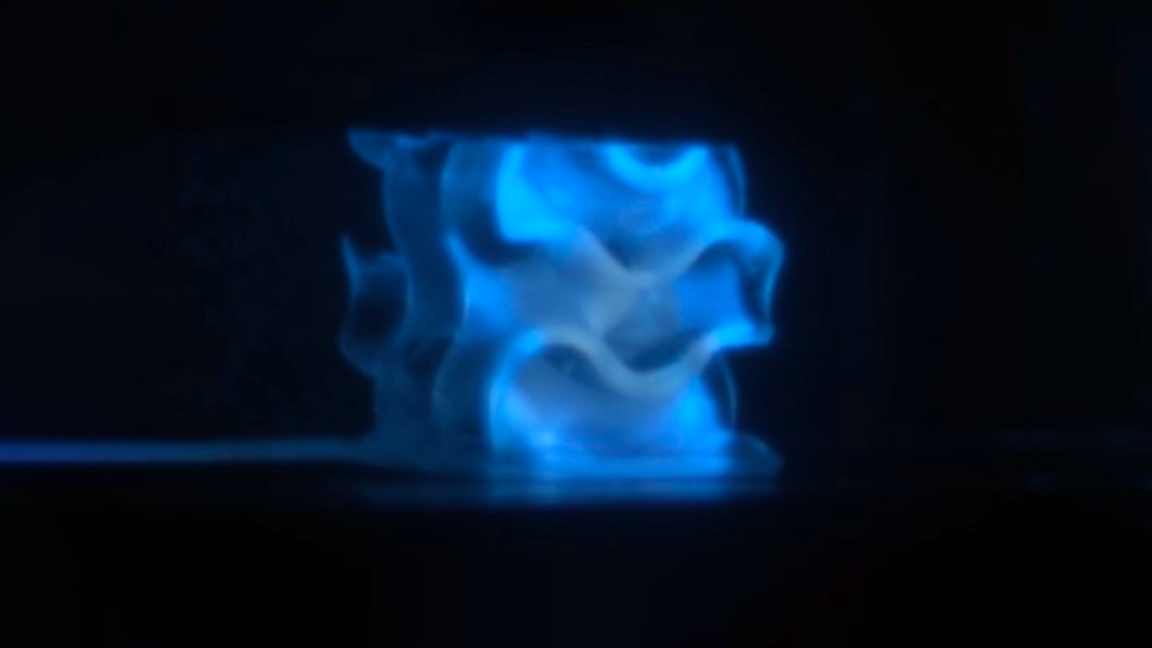 On 15 May 2017, the first Italo-Australian science and innovation forum was held, organised by the Italian Embassy and the Australian Department of Industry, Innovation and Science. The event was attended by about a hundred Italian and Australian researchers from INFN, represented by the Vice President Antonio Masiero, from EGO, represented by the Director Federico Ferrini, and from ASI, INAF, ENEA, CNAO and OGS. Many were the topics addressed, from the detection of dark matter to gravitational waves and space technologies; much interest has also been placed in hadron therapy for the treatment of cancer and marine sciences.
On 15 May 2017, the first Italo-Australian science and innovation forum was held, organised by the Italian Embassy and the Australian Department of Industry, Innovation and Science. The event was attended by about a hundred Italian and Australian researchers from INFN, represented by the Vice President Antonio Masiero, from EGO, represented by the Director Federico Ferrini, and from ASI, INAF, ENEA, CNAO and OGS. Many were the topics addressed, from the detection of dark matter to gravitational waves and space technologies; much interest has also been placed in hadron therapy for the treatment of cancer and marine sciences.
Italy is today the eighth scientific partner of Australia and there are 190 bilateral agreements in place between universities and research institutes of the two countries which have enabled a significant increase in the number of joint scientific publications over the past 10 years, currently standing at 8,000. The future projects discussed include Ska, ET, the development of an Australian research programme on gravitational waves, part of a global infrastructure project with LIGO-Virgo in the northern hemisphere and the launch of an underground laboratory (the first in the southern hemisphere) in close cooperation with the Gran Sasso laboratory.
Thanks to this forum, it was possible to complete the bilateral agreement for cooperation in science
and technology between Australia and Italy signed a few days later, on May 22nd, by the Italian
Ambassador in Canberra, Pier Francesco Zazo, and the Australian Minister for Industry, Innovation
and Science, Arthur Sinodinos
You might also be interested in

EuPRAXIA chooses ELI Beamlines as second site for laser-driven accelerator

The record neutrino observed by KM3NeT
07 February 2025
Read more The record neutrino observed by KM3NeT

INFN celebrates the STEM WEEK and the International Day of Women and Girl in Science 2025

International Year of Quantum Science and Technology, 2025
03 February 2025
Read more International Year of Quantum Science and Technology, 2025

A new generation of plastic scintillators thanks to 3d printing

Capturing the accretion flow of M87* black hole
22 January 2025
Read more Capturing the accretion flow of M87* black hole